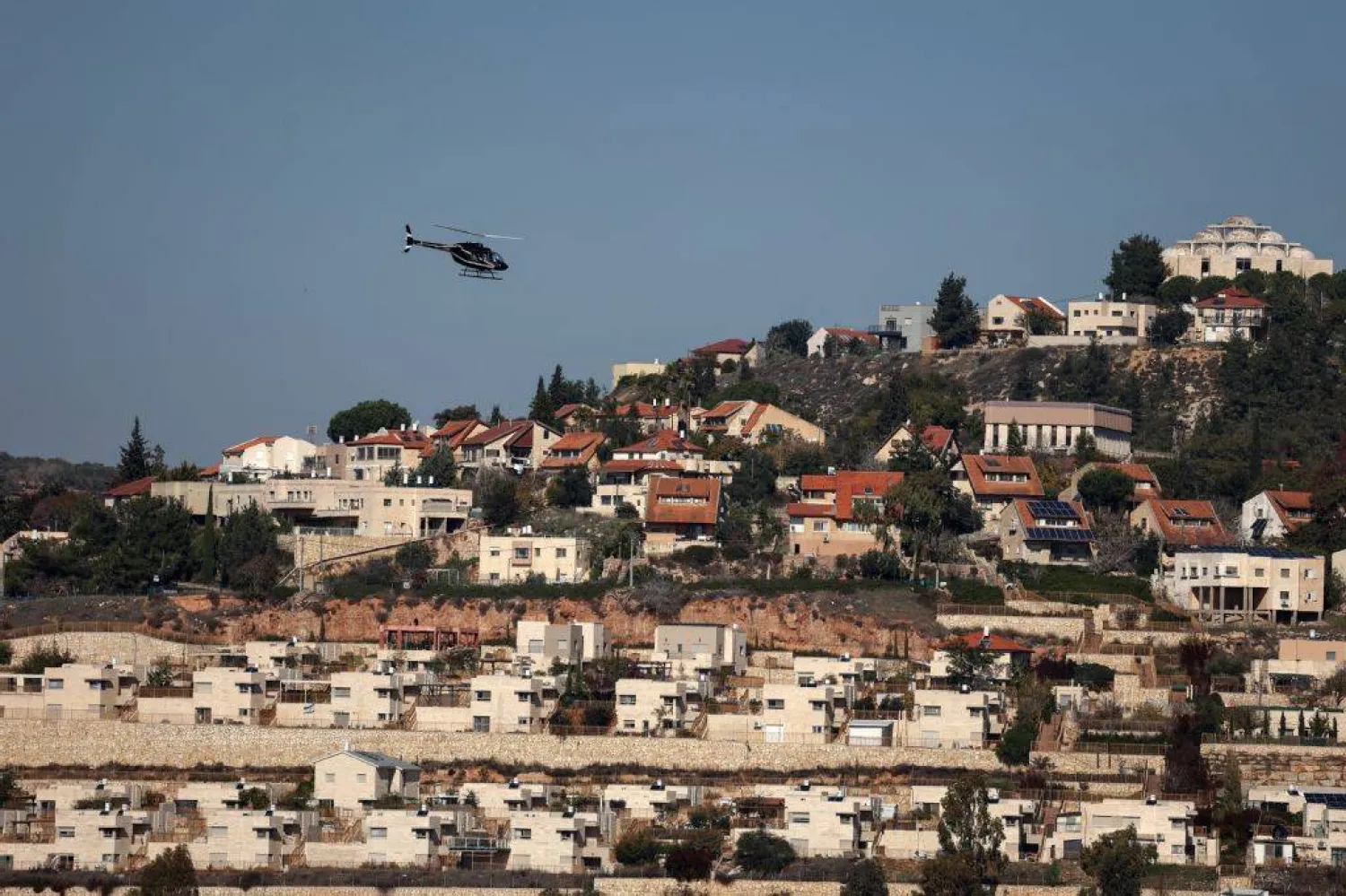Israel’s Defense Minister Avigdor Lieberman announced that Kerem Shalom Gaza's only commercial crossing will reopen following a decrease in incendiary balloons flown from Gaza Strip.
Lieberman’s office issued a statement announcing that in addition to food and medicine, fuel and gas will be allowed into Gaza Strip for the first time in a week.
"Gaza's residents need to understand that as long there are incendiary balloons and fires as on our side, life on their side will not return to a normal routine,” noted Lieberman adding that the crossing could return to full activity soon conditioned on the full cessation of fire-balloon launches and friction on the fence.
On July 9, Israel partially closed Kerem Shalom crossing in response to the incendiary kites. A week later, it imposed a complete shutdown of the crossing and banned gas and fuel from entering into the Strip, as a punishment for the continued phenomenon of incendiary kite.
The closure of the crossing was accompanied by other decisions, such as reducing the fishing area from 9 to 3 miles, before Hamas stopped flaming kites aircraft after a second deal was established between Gaza and Israel last Sunday.
Israel confirmed that Hamas had agreed to include balloons and kites as part of the deal. Hamas did not comment on the matter.
In fact, the fire kites stopped for several days before activists sent some of them on Monday and Tuesday.
Israel says the incendiary kites burned about 28,000 dunums of agricultural land, a figure that could not be ascertained, or to what extent the fires actually caused damage.
The decision to open the Kerem Shalom crossing came at a time when Palestinian officials said the Strip was about to collapse given that the economic crisis inside Gaza was exacerbating, while important sectors in Gaza have warned that the extended closure of the crossing would mean the cessation of its services.
Gaza's Health Ministry warned that the local health sector in the Strip stands on the verge of a "severe crisis" due to a chronic lack of fuel for emergency generators.
"What remains of a fuel grant will only meet our electricity needs until the first or second week of next month," said Ashraf Abu-Mahadi, the head of the ministry's international cooperation department.
Hospitals in Gaza need at least 450,000 liters of fuel to continue operating each month, according to Abu-Mahadi. He explained that emergency generators were needed to cope with frequent power outages, caused by Israel's ongoing blockade, that can sometimes last for up to 16 hours at a stretch.
"This means Gaza's ongoing health crisis will only worsen, further disrupting basic health services," he warned.
Gaza's power company announced on Monday a further reduction in the Strip’s electricity supply after its sole power station stopped functioning. As a result, Gazans will lack power for 18 hours a day instead of 16.
Meanwhile, a power line used to deliver electricity from Israel has been cut off for about a week.
"We are trying to supply electricity to the residents of Gaza at the minimal extent of four hours a day, but this is also doubtful," Mohammed Thabet, spokesman for Gaza's Electricity Distribution Company said. Gaza residents will experience power blackouts for more than the 16 hours a day that has been the norm, added the company.
Gaza's energy authority did not explain why the power station was shut, a source told Haaretz that a lack of diesel fuel caused the closure. According to the authority's figures, Gaza requires 600 megawatts of electricity a day, but the power station, when it functions, provides only 120. Israel provides about another 120 megawatts, while Egypt supplies another 20.
Palestinian Authority and Hamas are in dispute over the administration of the Strip, exacerbating the electricity crisis. Israel, as well as the United States and the United Nations, are considering ideas on establishing and building a power plant in Gaza.









